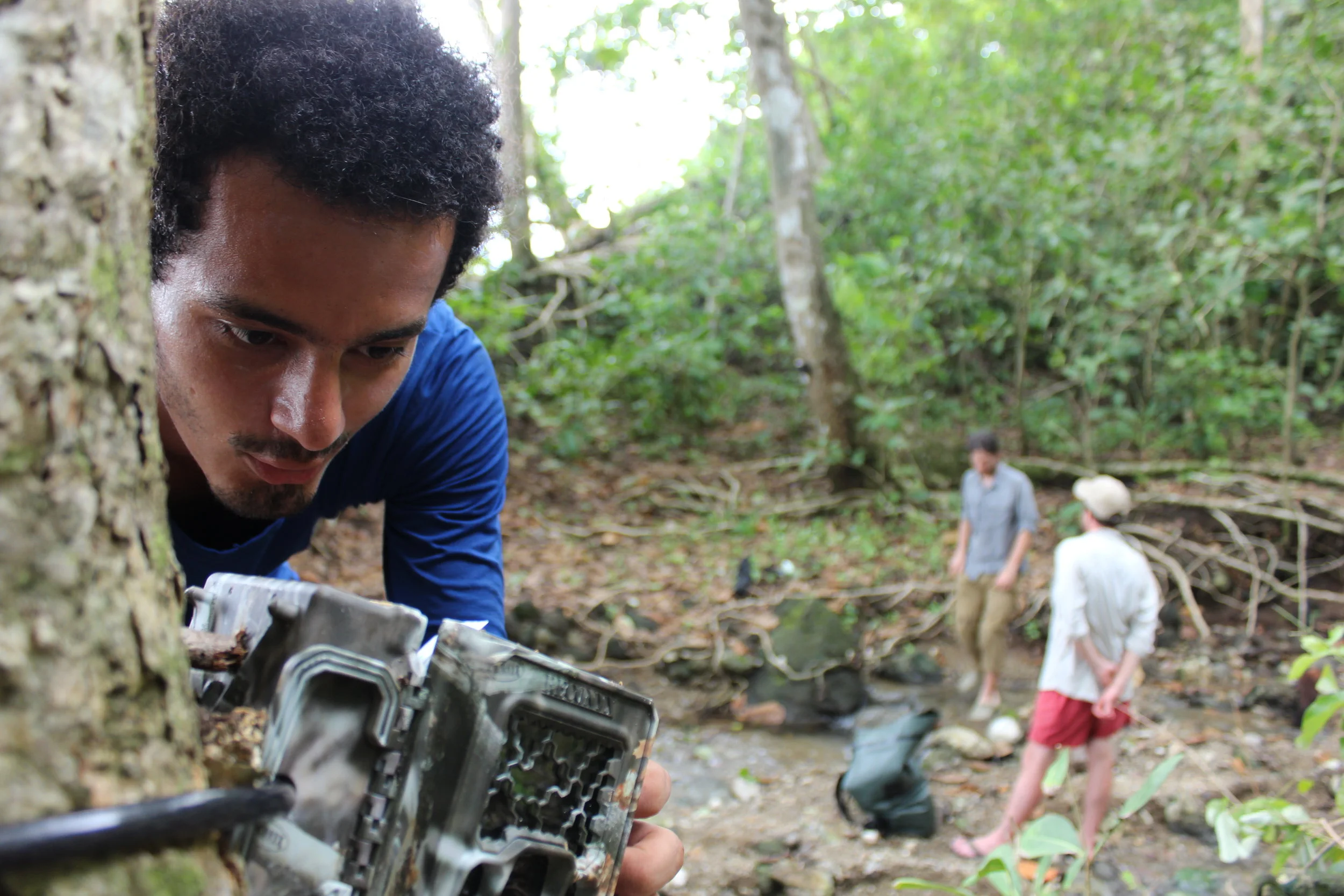STUDYING MAMMALS In protected forests and LANDSCAPE MOSAICS
As a researcher, I am fascinated by species natural history of forest mammals, their behavioral and ecological aspects, as well as on wildlife’s resilience and adaptation to human-modified landscapes.
How do mammal’s behavioral repertoires changes between forest types? What habitat attributes enable behavioral differences? These questions are important to shed light on top-down and bottom-up species interactions throughout their distribution. As a citizen, I believe the natural history of wildlife has the potential to contribute to the education of children, as well as general audience and visitors, which can promote an environmentally friendlier culture and help to achieve sustainable economic goals, while protecting natural forest.
On the other hand, ecosystem landscapes modified and impacted by humans imposes challenges to the wildlife. Current landscapes are formed by protected areas, forest patches, forest gallery, plantations and others, all of which are typically embedded into farms, plantations or rural areas. What species are able to adapt to the habitat types in landscape mosaics? How do mammalian community differ between native forest and human-modified habitats? How different are species behavioral aspects across the landscape? Moreover, humans have built a network of roads throughout forests, leading to some degree of edge effect depending on, for example, the level of traffic intensity. I study what species are exhibiting more resilience to roads and which are avoiding roads, by contrasting forest edges to roads and forest interior in various sites in Central Panama.
I mainly use camera traps for my research. I was introduced to the camera trapping world by Jackie Willis, who runs the Mammal Monitoring project in Barro Colorado Island, and by the Patrick Jansen’s lab, where I worked in the Tropical Ecology Assessment and Monitoring (TEAM) project, as well as in other local studies in Barro Colorado Nature Monument in the middle of the Panama Canal.
Since 2017, I am mentee of Meg Crofoot. First, at the University of California - Davis, where I completed my Master in the Animal Behavior Grad Group in 2019. And, currently, at the Max Planck Institute of Animal Behavior, in Konstanz, where I’m a Ph.D. student.
My research take place in the tropical forests of Panama, where I am hosted by the Smithsonian Tropical Research Institute.
